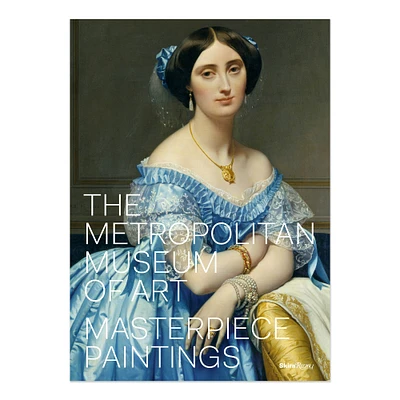Home
The Ephemeral Museum: Old Master Paintings and the Rise of the Art Exhibition
Barnes and Noble
The Ephemeral Museum: Old Master Paintings and the Rise of the Art Exhibition
Current price: $63.00


Barnes and Noble
The Ephemeral Museum: Old Master Paintings and the Rise of the Art Exhibition
Current price: $63.00
Size: OS
Loading Inventory...
*Product information may vary - to confirm product availability, pricing, shipping and return information please contact Barnes and Noble
When and why did large-scale exhibitions of Old Master paintings begin, and how have they evolved through the centuries? In this book an eminent art historian examines the intriguing history and significance of these international art exhibitions.
Francis Haskell begins by discussing the first “Old Master” exhibitions in Rome and Florence in the seventeenth century and then moves to eighteenth-century France and the efforts to organize exhibitions of contemporary art that would be an alternative to the official ones held by the Salon. He next describes the role of the British Institution in London and the series of remarkable loan exhibitions of Old Master paintings there. He traces the emergence of such nationalist exhibitions as the Rembrandt exhibition held in Amsterdam in 1898, the first modern “blockbuster” exhibit. Demonstrating how the international loan exhibition was a vehicle of foreign and cultural policy after the First World War, he gives a fascinating account of several of these, for example the Italian Art exhibition held at Burlington House in 1930 (Botticelli in the Service of Fascism). He describes the initial reluctance of major museums to send pictures on potentially damaging journeys and explains how this feeling gave way to cautious enthusiasm. Finally, in a polemical chapter, he explores the type of publications associated with exhibitions and with the criticism and scholarship that have centered upon them.
Francis Haskell begins by discussing the first “Old Master” exhibitions in Rome and Florence in the seventeenth century and then moves to eighteenth-century France and the efforts to organize exhibitions of contemporary art that would be an alternative to the official ones held by the Salon. He next describes the role of the British Institution in London and the series of remarkable loan exhibitions of Old Master paintings there. He traces the emergence of such nationalist exhibitions as the Rembrandt exhibition held in Amsterdam in 1898, the first modern “blockbuster” exhibit. Demonstrating how the international loan exhibition was a vehicle of foreign and cultural policy after the First World War, he gives a fascinating account of several of these, for example the Italian Art exhibition held at Burlington House in 1930 (Botticelli in the Service of Fascism). He describes the initial reluctance of major museums to send pictures on potentially damaging journeys and explains how this feeling gave way to cautious enthusiasm. Finally, in a polemical chapter, he explores the type of publications associated with exhibitions and with the criticism and scholarship that have centered upon them.


















